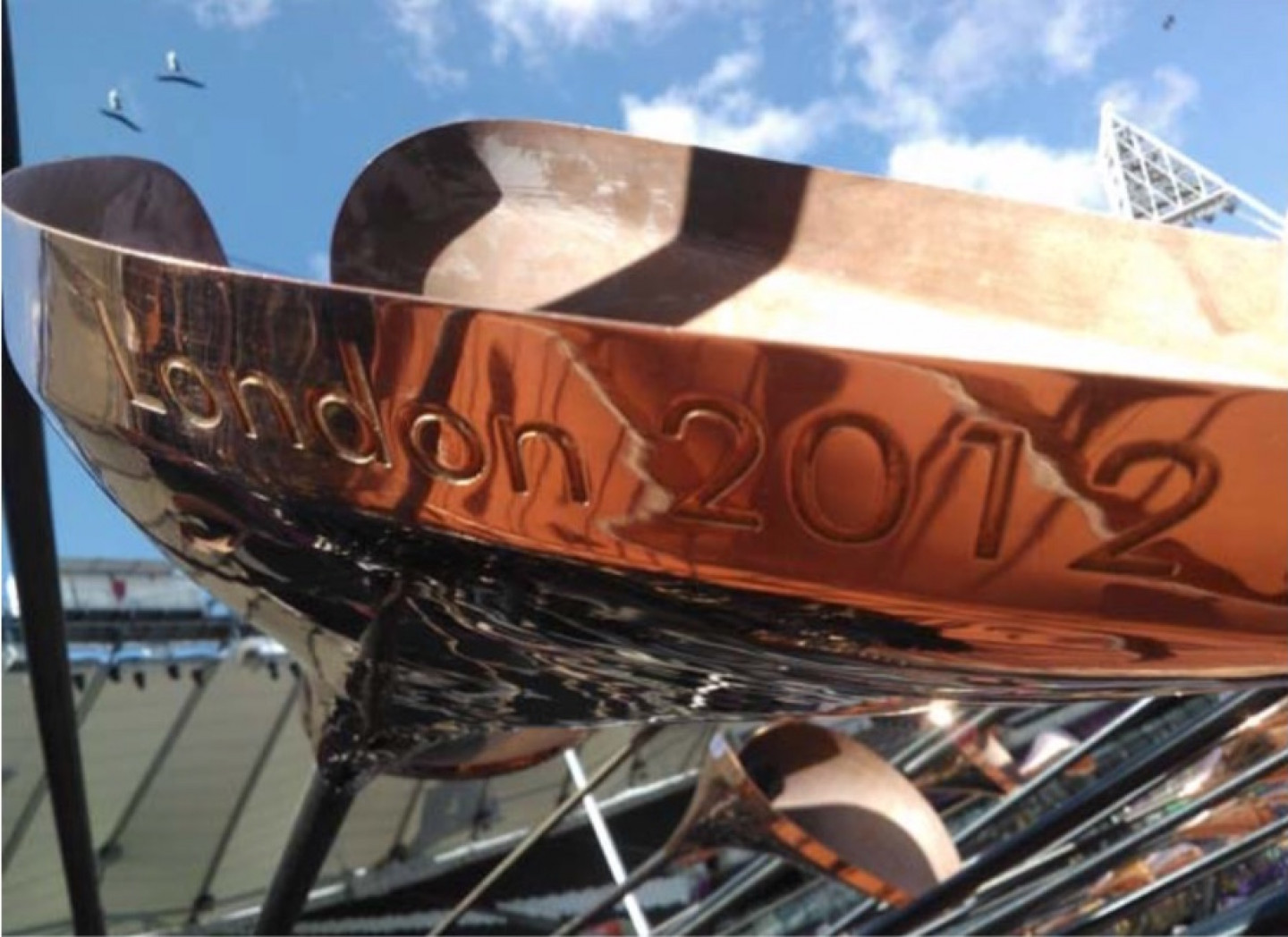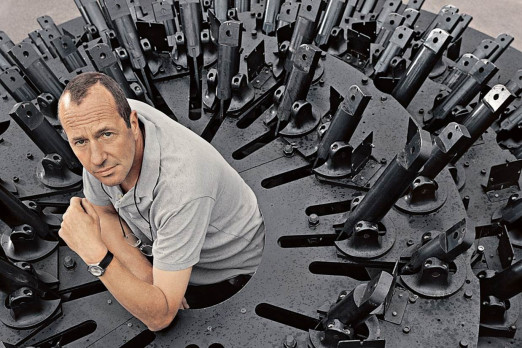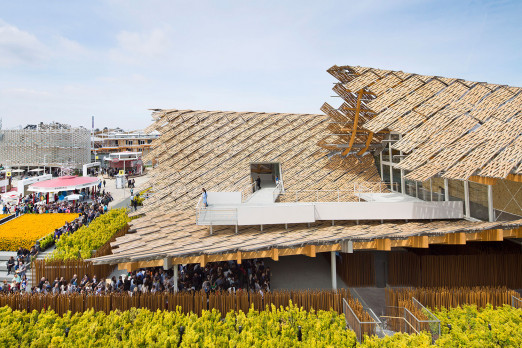I would venture to say The Engineering Club is the best-kept secret in London, except that there were two hundred people in the packed Vincent Suites at The Building Centre to hear Stage One engineering’s Tim Leigh (Sales & Marketing Director) and Edwin Stokes (Materials Engineering and R&D Director) talk on the theme of Engineering the Spectacular.
Concerning the matter of secrets, keeping them is one of the Stage One skill-sets, having worked on the opening ceremonies of the Olympic Games in London and the winter Olympics in Sochi, among many other unfeasible engineering projects. Indeed, possibly the only thing more spectacular than the choreographed engineering of events themselves was the skill, ingenuity and sheer brass-necked bravado of their making.
With roughly 300 projects in the last 10 years, and 110 people working out of three aircraft hangars between Harrogate and York, there is a constant engineering itch that needs to be scratched – “make it more spectacular!”
It’s partly because the work they do markets itself. They showed projects for the Melbourne 2006 Commonwealth Games, the 2012 London Olympics, the 2014 Sochi winter Olympics and the UK Pavilion at the Milan 2015 Expo which won the Bureau of International Expositions gold medal for Best Architecture and Landscape Design in Milan.
The question they ask when presented with a brief such as moving the 1300kg flying tram car for the Melbourne Games is “How hard can it be?” They needed to construct the cable to enable all the movement to happen freely underneath. Tim Leigh explained that while the answer to their question, ‘How fast does this need to travel?’ often begins with 10m per second, it mostly ends up being 3-4m per second.
Which in his words is still, “pretty damn scary!” Which is why they have to make sure there is no adjustment of the steel wire rope on which the tram moves. He explained that while there are many challenging tasks in such projects, they need to pre-stetch - not a complex procedure, but essential.

For London 2012, Danny Boyle asked them the question, “Which is your favourite Olympic cauldron?” The brief was that nothing had to move, which of course they ignored and delivered 204 separate flames revealed from underneath the stage. Nine months in development, the vision of the cauldron began with the 3D design drawing from the Thomas Heatherwick Studios, developed into a Rhino model then exported as solid geometry to be used in Autodesk Inventor software. The CNC machines could be programmed from the final drawing; it needed a mechanical, not a hydraulic solution. Each petal was unique, the artisanal component of thin copper sheet was made by a company using bench tools. Three individual sets were made: for the rehearsal, the Olympics and the Paralympics.

(Image from Stage One Engineering Case Study)
Though it was the most secret project they worked on, the silhouette was actually on the Olympic tickets. For the single rehearsal, the stadium security was removed and the area became a no-fly zone. Connoisseurs of 1970s Saturday night TV will recognize the code names for the cauldron and the stage lift – Betty the cauldron was named after a pet dog of one of the producers, and the stage-lift was named Frank, a nod to the characters Frank and Betty from Some mothers do ‘ave ‘em.
Even when things don’t quite go right, social media and a sense of humour can save. Working with creative director Konstantin Ernst on the Sochi Winter Olympic games, they had to create an icebreaker ship in 10 weeks, create a track carefully regulating the acceleration and deceleration – the icebreaker was so big it wouldn’t fit into a single hangar and they had to build it in two halfs. Tim Leigh asked rhetorical question, ‘Do things always go to plan?’ and answered it with some footage of the opening ceremony where they had created five huge moving snowflakes, which transformed into an Olympic ring. Unfortunately, one didn’t, and while deeply embarrassing, the rings and the snowflake became a popular meme shared across social media and even a popular t-shirt design. Perhaps the lesson is, if you are going to fail, fail big, on a grand stage – everyone forgives you. In the Q&A afterwards, Tim Leigh speculated that the volume of communications data in the stadium interfered with the signal.

The final project, shown by Edwin Stokes, was the UK Pavilion Milan Expo 2015 where they worked with artist Wolfgang Buttress. Built around the Expo theme of Feeding the Planet, Energy for Life the structure comprised of 169,300 individual components in 32 layers. The 17 metre high, 50 tonne aluminium Hive was manufactured in the UK with a degree of precision that made assembly in Milan straightforward. The Hive’s environment replicated an English meadow created using tonnes of topsoil on decks.

(Image from Stage One Engineering Case Study)
At least as interesting as the ‘wow’ factor of the technical ingenuity was the reality of the collaborations, the making-things-work of different teams working simultaneously or in relays at different points on the project timeline. Dealing with the emotional stuff, the differences of opinion, the stresses emerging from delivering a project that will be seen working/failing by 9 billion people - all that that gets folded into a project, as Tim Leigh reflected on the thoughts of one designer who said, “I didn’t like the negotiation, but got a better solution than I had imagined.” The scale of what they do, and the efficiency with which they deliver it, masks the rich complexity with which Stage One navigate their projects.



